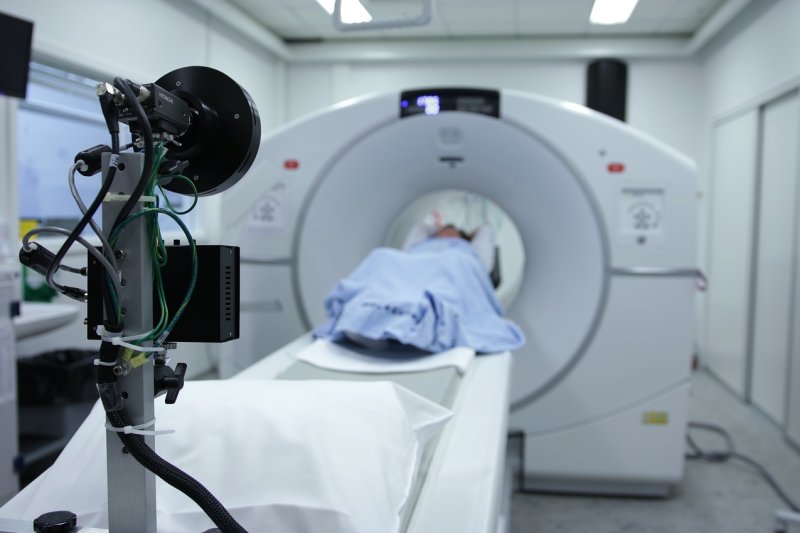Researchers used PET scans to track tagged medications as they moved through patients' bodies, allowing them to see if the drugs reached their target destinations. Photo by Bokskapet/Pixabay
Dec. 6 (UPI) -- Doctors normally use rifampin to treat patients with tuberculosis, or TB, but too often the drug doesn't reach its intended target -- but researchers may have found a way to determine if the drug is doing what it is supposed to.
A report from researchers at Johns Hopkins University, published Thursday in Science Translational Medicine, has showed exactly how little of the drug makes it to the TB infected lesions in the brain. When TB Mycobacterium -- tuberculosis meningitis -- infects the brain, it's referred to as TBM.
"Really precise information has never been easy to come by for how much rifampin gets to any given patient where it's needed," Sanjay Jain, a professor of pediatrics, radiology and international health at the Johns Hopkins University School of Medicine, said in a news release. "We've been able to use technology to find that long-needed information about this very troubling disease."
Since rabbits and humans share similar TBM symptoms, the Johns Hopkins researchers infected the lab animals with the disease. Then, they injected the rabbits with rifampin tagged with a positron, and used a PET scan to follow the drug throughout each rabbit for six weeks.
After only two weeks of treatment, researchers say the rate of rifampin that reached the rabbits brain lesions fell drastically, from 32 to 11 percent.
The Johns Hopkins team then tried the experiment on humans, using PET scans to track tagged rifampin in 10 patients already receiving the drug for TBM.
Most of the patients' results resembled the rabbits -- for one woman, only received 5 percent of the drug reached her brain lesions.
"Until now, when treating patients, we've relied on a needle biopsy," Tucker said. "We've assumed that what's happening at the tip of the needle at one-time point in a sample is what's happening throughout the affected organ."
For the researchers, this new method of testing for treatment effectiveness has turned the old way on its head.
"We used to think we could just give a drug and patients should get better," Jain said. "Now, we have tools to measure the nuances that make a difference. PET could be used to study other antibiotics and also allow precision medicine approaches in resource-rich settings, such as the U.S. for other serious infections including MRSA (methicillin-resistant Staphylococcus aureus)."















